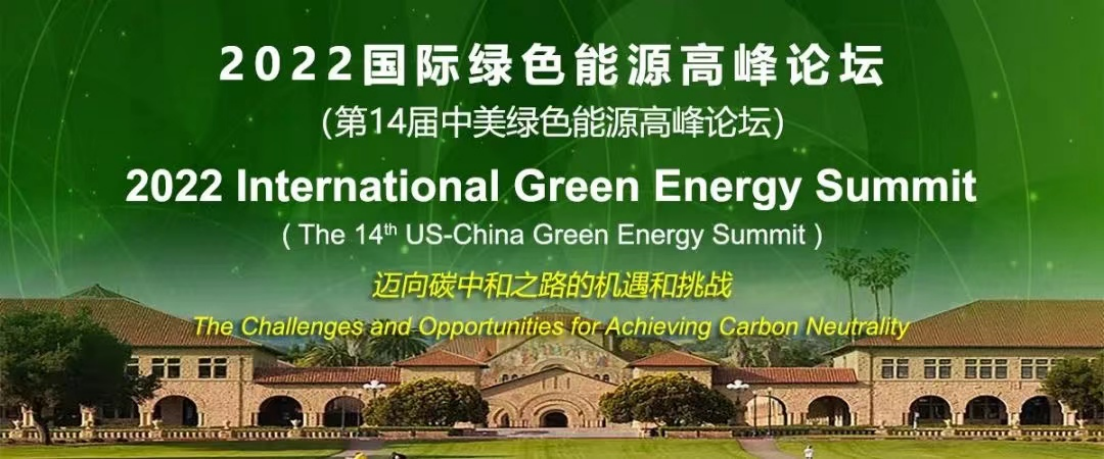
The 2022 International Green Energy Summit and the 14th US-China Green Energy Summit were held on December 2-4 online and offline. This summit, a high-level international conference after the 27th UN Climate Change Conference (COP27) and attended by world top scientists and energy leaders, was co-hosted by the US-China Green Energy Council, Chinese Society for Electrical Engineering, Energy Internet Innovation Institute of Tsinghua University and Precourt Energy Research Institute of Stanford University. Facing the urgency against the climate crisis, Nobel Prize winners, academicians, and senior experts from China, the United States, Europe and other countries and regions shared their views on the train of thoughts, methods and paths to “Carbon Neutrality” to promote international win-win cooperation in the frontier and key fields energy technology innovation under the theme of “Challenges and Opportunities for Achieving Carbon Neutrality”.
At the opening ceremony on the 1st, Zhang Jianmin, Consul General of the Chinese Consulate General in San Francisco, sent a congratulatory letter to the summit, saying that since the US-China Green Energy Summit was held in 2008, it has become an important and influential platform for exchange and cooperation between China and the United States in the field of clean energy. He hoped that the summit can give suggestions for discussing the global path to carbon neutrality, and play an active role in further promoting US-China scientific and technological exchange and local cooperation. Gao Pengfei, Science and Technology Counselor of the Consulate General in San Francisco, read the congratulatory letter on behalf of Consul General Zhang Jianmin.
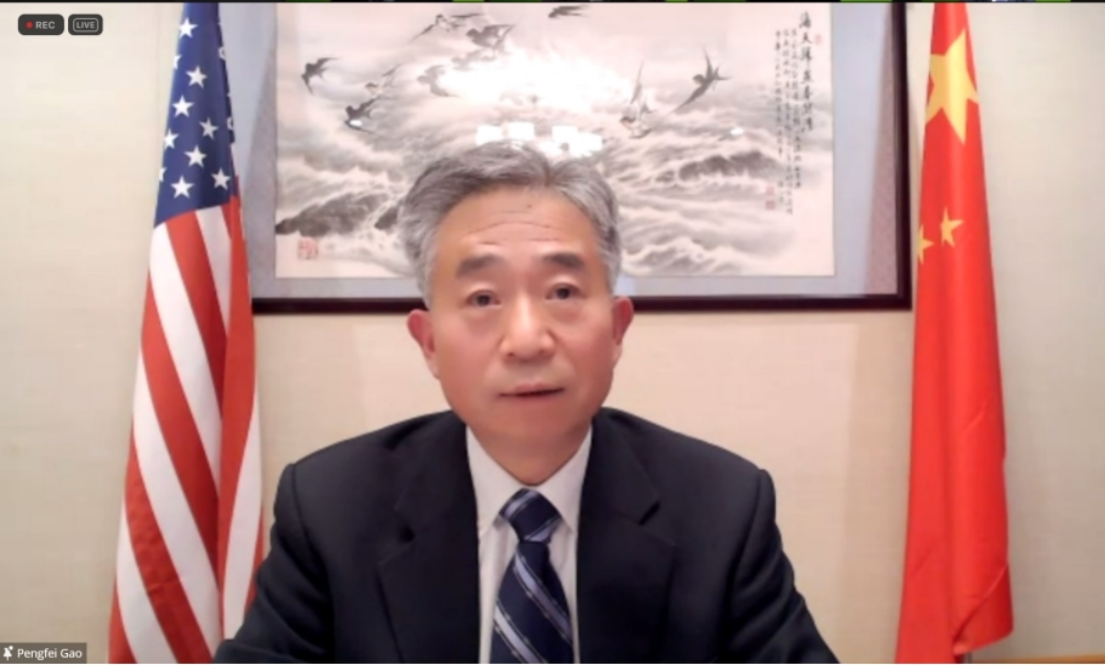
Gao Pengfei read the congratulatory letter
Eleni Kounalakis, Lieutenant Governor of California, also sent a congratulatory letter to this summit, saying that California is a global leader in addressing climate change while simultaneously growing the economy. The state has set ambitious climate action goals, including powering the grid with 100 percent clean energy and achieving carbon neutrality by 2045. California and China working together have built a strong track record of collaboration on climate change and environmental protection. As two of the world’s largest economies, California and China have reaffirmed the commitment to work together to hasten the transition to a carbon-free future.
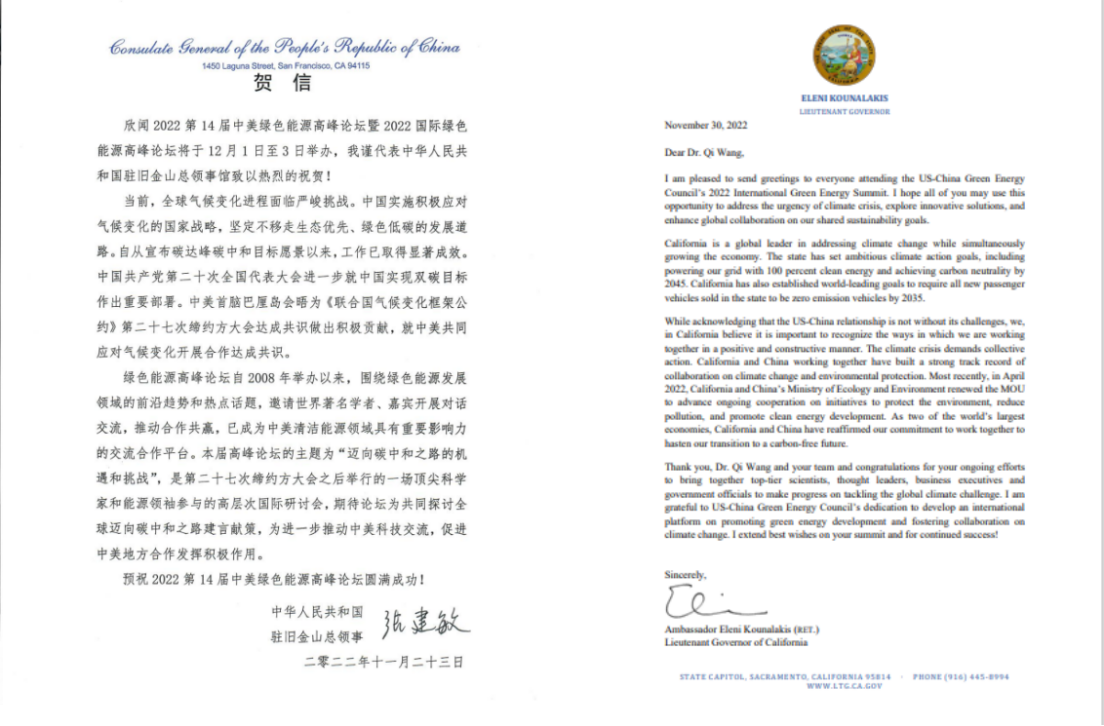
Zhang Jianmin and Eleni Kounalakis respectively sent congratulatory letters to the summit
Kang Chongqing, Dean of the Department of Electrical Engineering and Applied Electronics (EEA) of Tsinghua University and President of the Energy Internet Innovation Research Institute, said in his speech that achieving carbon neutrality is an important global transition goal, for which we must strengthen cooperation in the energy field. China has successively proposed major strategies such as dual carbon goals, constituting a new type power system, building a unified national power market and developing a new type energy system. The field of power energy is bound to experience a disruptive institutional and technological revolution. The low-carbon energy transition will be full of challenges, and we need to carefully design the transition roadmap, pay special attention to the close relationship between the energy system and the natural climate environment, and benefit all relevant parties through in-depth international cooperation.
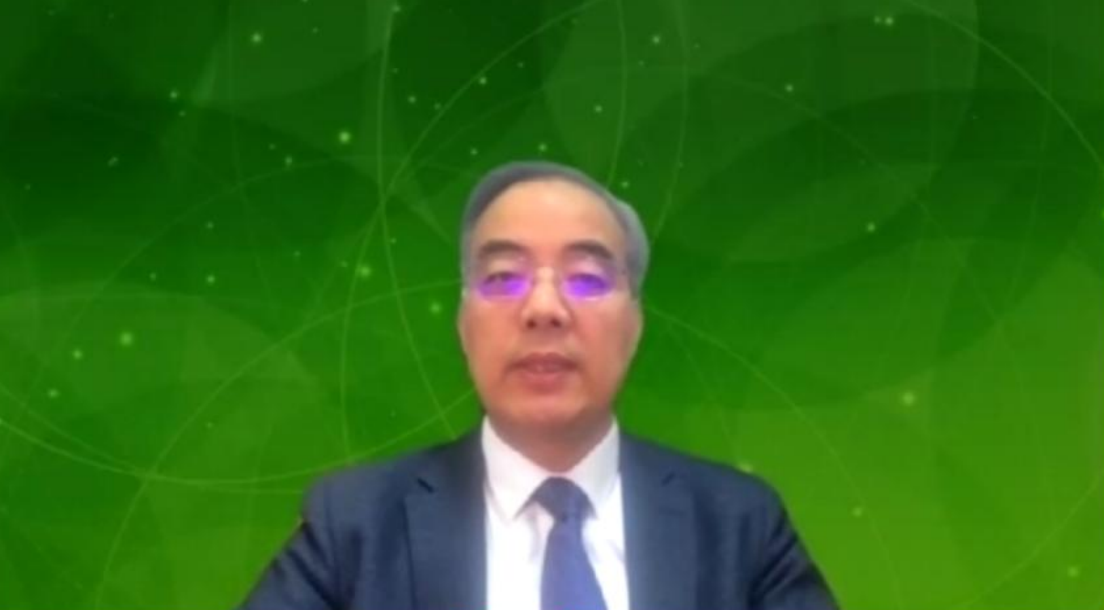
Kang Chongqing delivered a speech
Wang Qi, president of the US-China Green Energy Council, said in his speech that achieving the goal of carbon neutrality is a great systematic project, and the key is “one core and two supports”. “One core” is to establish a low-carbon technological innovation system based on global cooperation with scientific and technological innovation as the core; “Two supports” is to boost low-carbon transition and carbon-neutral systemic change supported by a policy system and green finance under the goal of “carbon neutrality”. Moreover, international cooperation is also essential to achieve the goal of carbon neutrality. Scholars, experts, and engineers from China and the United States need to carry out multi-level exchanges and cooperation in the field of “net zero” technology with common needs.

Wang Qi delivering a speech
The summit also released a book “The Energy Technology Innovation on the Path towards Carbon Neutrality”, which was jointly compiled by the US-China Green Energy Council and the Energy Internet Innovation Institute of Tsinghua University and co-authored by Academician Han Qide, former vice chairman of the National People's Congress, and Nobel Prize winner Professor Stanley Whittingham. More than 20 authors include Nobel Prize winners, Chinese and American academicians, energy technology policy makers, leaders of internationally renowned think tank organizations, and young and middle-aged scholars from top universities and scientific research institutions in China and the United States. The book covers zero-carbon transition of power systems, clean cutting-edge technologies and development trends in key areas such as intelligent transport, hydrogen energy, and energy digitalization to achieve the goal of “carbon neutrality”, and it explores ideas, methods and paths towards “carbon neutrality”.
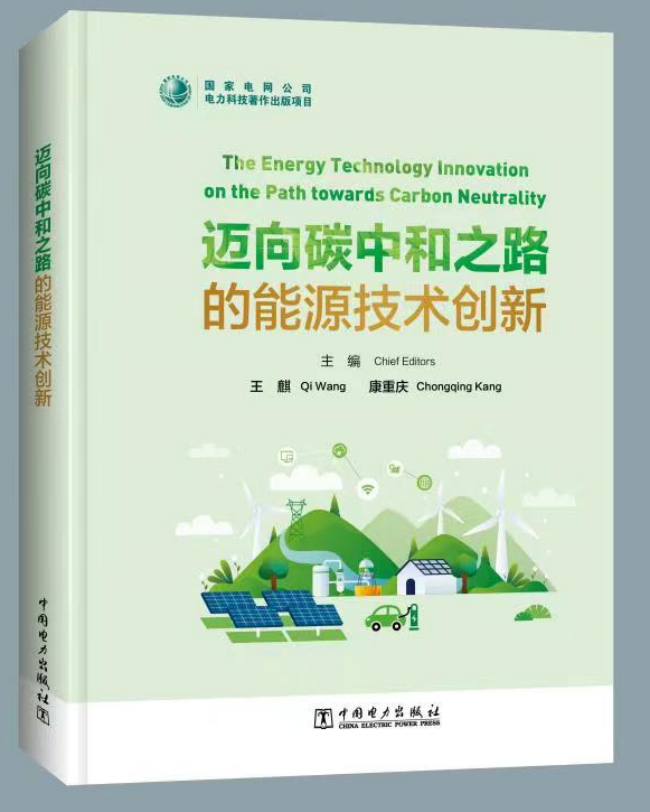
The keynote report on the first day attracted nearly 10,000 viewers to attend the conference online, listening to the insights of top domestic and foreign experts on “carbon neutrality”. Steven Chu, winner of the Nobel Prize in Physics and former Secretary of the US Department of Energy, gave a keynote speech on “Opportunities and Challenges for Realizing Clean Energy Transformation and Sustainable Development”. He said that there is still a big gap between the current global emission reduction actions and the goal of controlling the temperature at 2°C. In various industries such as steel, cement, and food, it is necessary to reduce greenhouse gas emissions as much as possible, and develop innovative technologies in agriculture and other fields. Steven Chu also pointed out that nuclear energy is also a safe and clean energy technology which can play an important role in global decarbonization. At the same time, he called for redefining what wealth is, not just focusing on economic growth, but also focusing on human health, safety, and quality of life in order to create a more sustainable future.

Speech by Steven Chu
Shu Yinbiao, academician of the Chinese Academy of Engineering and chairman of the Chinese Society for Electrical Engineering, proposed in the report “Green and Low-Carbon Transformation and Innovative Development of Electric Power in China” that under the “double carbon” goal, China’s energy and power must choose the “four modernizations” transformation of cleanliness, electrification, digitalization and standardization to build a deep low-carbon (zero-carbon) power system in three stages: carbon peaking, deep low-carbon and carbon neutralization before forming a multi-energy complementary clean energy supply system.
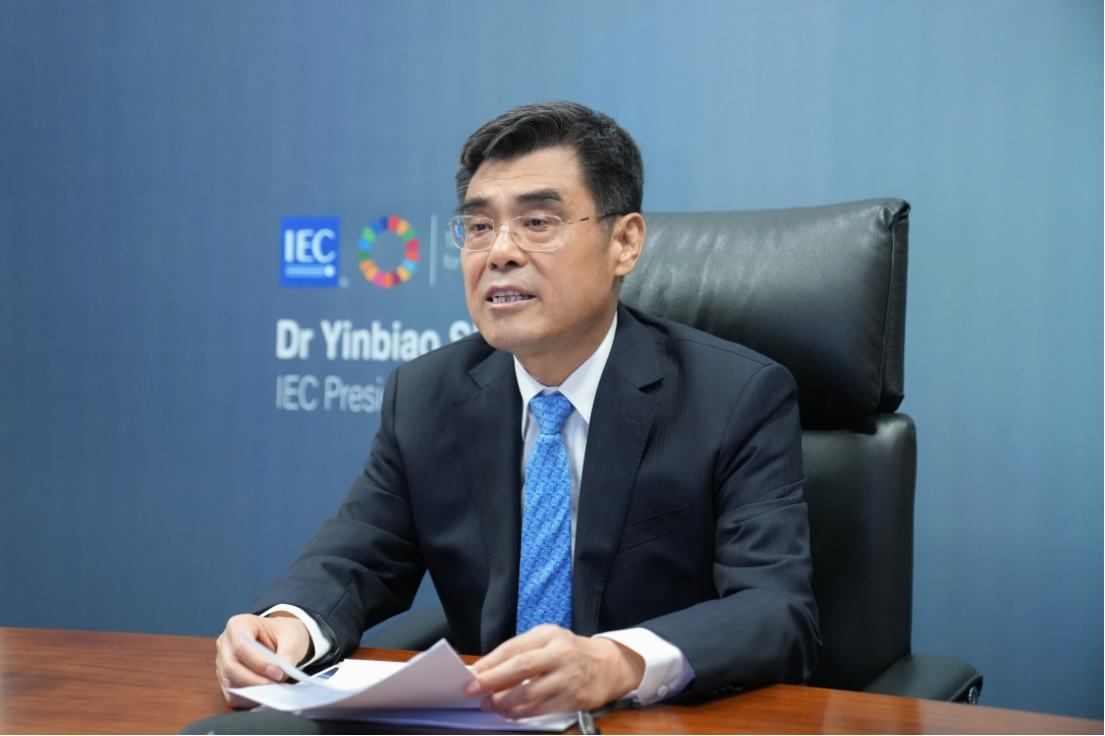
Shu Yinbiao delivered a speech
Cui Yi, academician of the National Academy of Sciences and director of the Precourt School of Energy at Stanford University, gave a report “Materials Technology to Realize Global Carbon Neutral Transformation”, and proposed ten major clean energy technologies for “Carbon Neutrality”, including long-term energy storage, high energy density low-cost batteries, carbon capture and carbon removal, renewable fuels, digitalized energy, low-carbon steel, low-carbon cement, recycling of plastics, sustainable food and nuclear energy. Materials technology has great potential in these technical fields. He hoped that on the platform of US-China cooperation, the research, development and industrialization of new technologies can be further promoted to promote global sustainable development.

Cui Yi delivered a speech
In his keynote report, Timur Gül, head of energy technology policy at the International Energy Agency, pointed out that in order to achieve zero emissions by 2050, 50% of emission reductions must come from technological innovations, such as electrification, hydrogen energy, carbon capture and biotechnology etc. China has become a global leading country in clean energy innovation, and its investment in renewable energy accounts for 10% of the world. China and the U.S. are crucial in the clean energy transition, and the global zero emission could be delayed by decades without international cooperation. Therefore, it is even more necessary to strengthen international exchange and experience sharing to find common solutions.
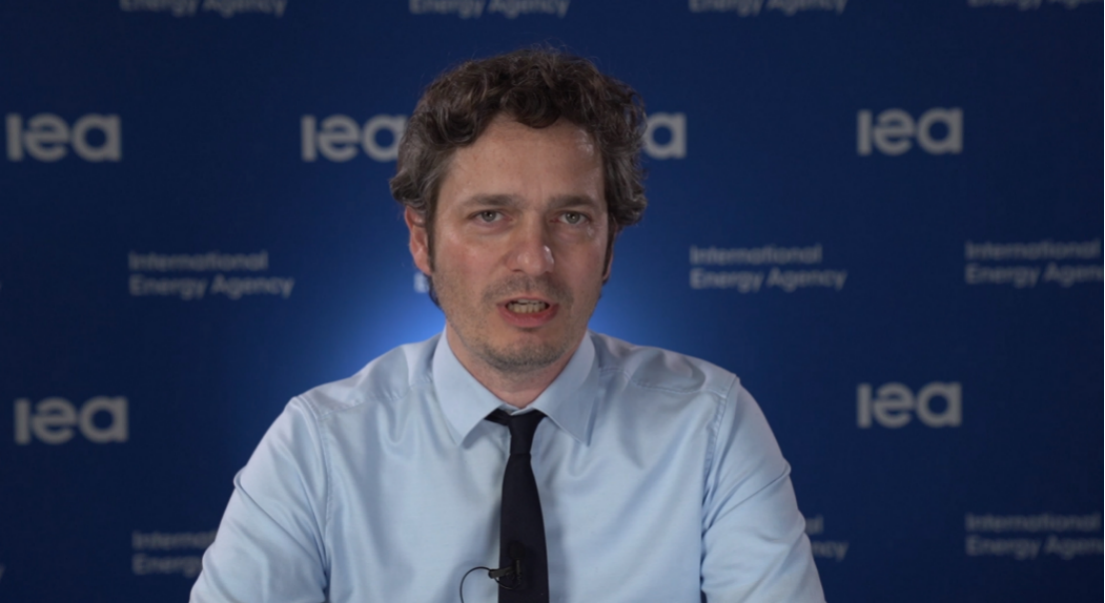
Timur Gül delivered a speech
The summit also organized a dialogue session on “Path towards Carbon Neutrality”, in which Mary Nichols, former chairman of the California Air Resources Board (CARB) and vice-chairman of the California-China Climate Research Institute, and Robert Weisenmiller, former chairman of the California Energy Commission, shared their views on hot issues of carbon neutrality. Mary Nichols introduced her successful experience in leading the CARB team to formulate several world-first environmental protection and climate change regulations and policies in the past 20 years, and shared her participation in the COP27 Climate Change Conference. She also discussed the California Greenhouse Gas Action Plan with Dr. Weisenmiller and looked forward to the great potential for climate cooperation between California and China.

Mary Nichols in conversation with Robert Weisenmiller
On the second day of the summit was a special forum on electrochemical energy storage technology, which was held at the G60 Science and Technology Cloud Corridor in Songjiang District, Shanghai on December 3. Pang Yang, director of the Carbon Neutral Research Institute of China Chief Economist Summit, Yan Xiao, director of Shanghai Fuda Energy Storage Digitalization Research Institute, and Chen Guanhua, a professor at the University of Hong Kong, delivered keynote speeches respectively. Aiming at the problem of “Using digitalization as a tool, how to get through safety, efficiency and management of energy storage materials, devices, equipment and the entire system, so as to realize the continuous updating and upgrading of the energy storage system”, Chen Guanhua studied materials, mesoscopic structure and battery cells from the first principle, Pang Yang analyzed the problem from the perspective of energy storage as an asset securitization, and Yan Xiao made an explanation on key battery parameters of cells obtained in the operation of the energy storage power station.
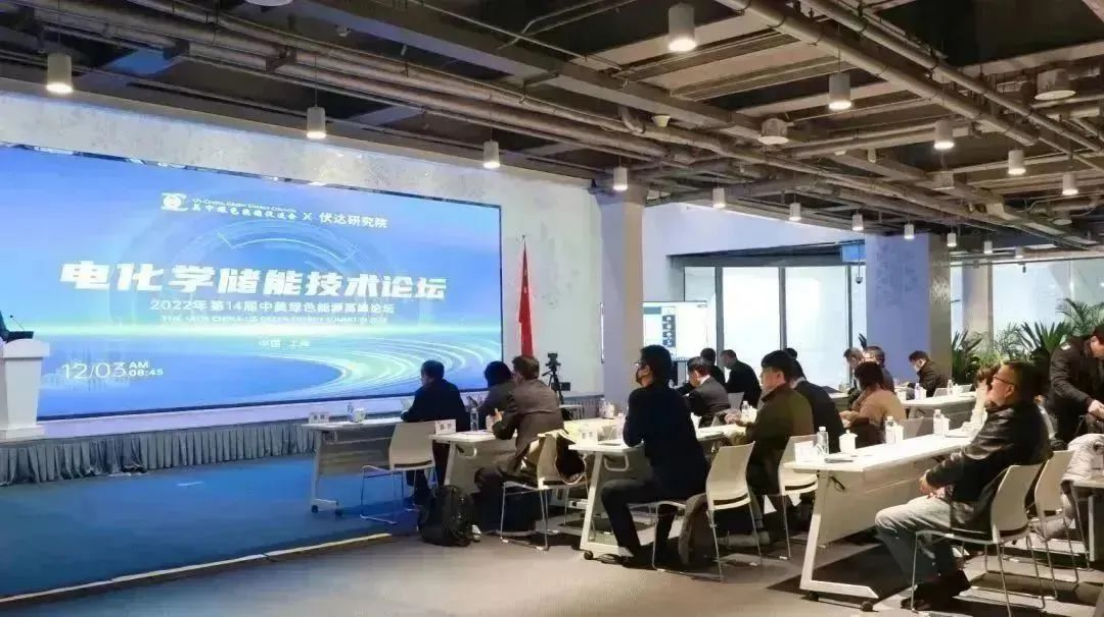
Electrochemical Energy Storage Forum Held in Shanghai
On the third day of the summit was a special forum on clean energy transition, which was held at Stanford University in the United States on December 4. Robert Weisenmiller, former chairman of the California Energy Commission, made a report titled “California’s Innovative Climate and Energy Policies”, introduced California’s successful experience in achieving substantial greenhouse gas emission reductions while maintaining rapid economic growth, and described the action plan for California to achieve carbon neutrality. Academician Zhou Xiaoxin, honorary president of China Electric Power Research Institute, delivered a speech titled “Challenges and Responses to the Flexibility and Resilience of New Power Systems”, and Professor Larry Goode, director of the Environmental and Energy Policy Analysis Center of Stanford University, gave a speech titled “China’s Extraordinary Ways to Reduce Carbon Emissions”.
In addition, Dr. Shen Shiran from the Energy Research Institute of Stanford University released the research report “Accelerating the Decarbonization in China and the United States and Promoting Bilateral Cooperation against Climate Change”. Dr. Lin Jiang from the Berkeley Lawrence National Laboratory shared their research report “China’s Electric Power System with 80% Zero Carbon by 2035”.
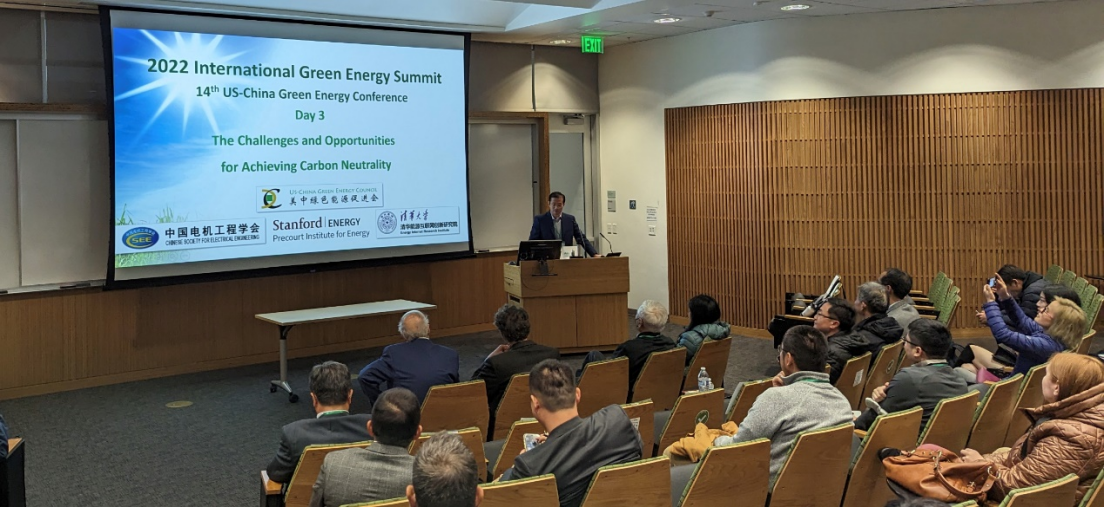
Forum of Clean Energy Transition Held at Stanford University

















 News & Events
News & Events